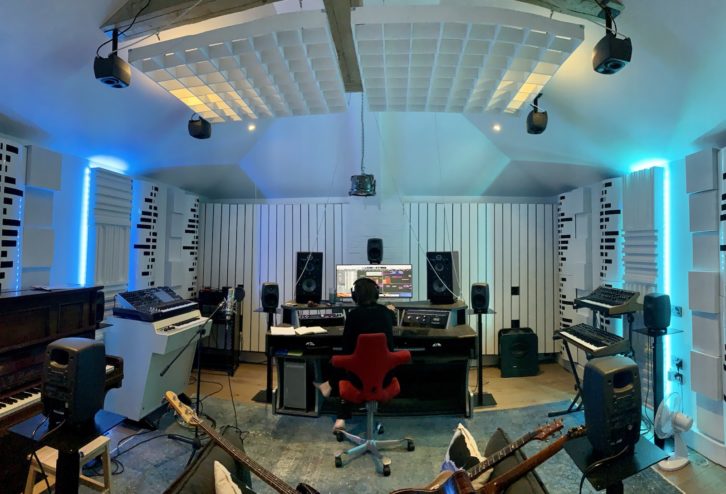I feel similarly to Andrew Scheps here:
(warning: language). It's so hard it makes me want to vomit.
His solution to listen to commercial Atmos releases on his mix rig was to buy a $5K+ JBL SDP-55 decoder with DANTE to pipe decoded Atmos into his mixing rig.
For my Mac + Focusrite + 7.1.4 JBL LSR43xx
mixing system, I did a much cheaper, but still absurd version, buying another Apple TV 4K, buying a used Onkyo TX-RZ730 on eBay, piping all 12 signals from the Onkyo pre-amp outputs into audio interface inputs on my mixing system, and patching all of those back to the 12 outputs I use for the speakers using Rogue Amoeba Loopback.
I have the Dolby Atmos Renderer running for Atmos mixing, but that only does bed+objects+pan-metadata-to-Atmos, not Atmos-to-speaker streams.
I strongly suspect this will be at least partially resolved for Apple Music very shortly, with MacOS Monterey supporting speaker configurations above 7.1 (e.g., 5.1.2 and 7.1.4) and Apple Music at least having access to an Atmos software decoder that will address the larger arrays.
Playing back Atmos from other sources like Blu-Ray will remain a problem and I will likely need to keep my Onkyo AVR preamp capture hack in place for a while if I want to listen to reference mixes.




 .
.